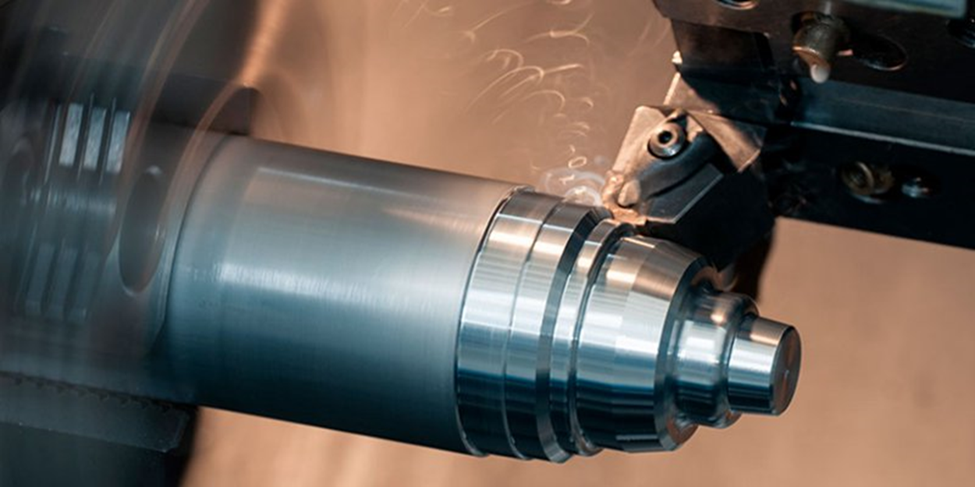Machining and Engineering Services
The machining and engineering process our shipyard involves various techniques and specialized equipment to address a wide range of components. Listed are the steps in the machining and engineering process:


Inspection and Evaluation
The machining and engineering process begins with a thorough inspection and evaluation of the ship's components requiring repair. GPI’s technicians and engineers examine parts such as propellers, shafts, bearings, flanges, valve seats, and other metal elements to assess their condition and identify any areas that need attention.

Selecting the Right Machining Technique
Based on the inspection findings, GPI’s technicians determine the appropriate machining techniques to address specific repair requirements. Different machining processes may be used, such as turning, milling, grinding, drilling, honing, and more, depending on the nature of the repair.

Turning
Turning is a common machining process used to create cylindrical shapes by rotating a workpiece against a cutting tool. In ship repairs, turning is often employed to restore the dimensions and surface finish of shafts, propellers, and other cylindrical components.

Milling
Milling uses rotating cutting tools to remove material and create flat or contoured surfaces. It is commonly used in ship repairs to restore flat surfaces, flanges, and other components requiring precise shapes and dimensions.

Grinding
Grinding is a precise machining process that utilizes abrasive wheels to achieve smooth surface finishes. It is employed in ship repairs to restore the surfaces of bearings, valve seats, and other parts requiring a fine finish.

Drilling
Drilling involves creating holes in metal components using rotating drill bits. In ship repairs, drilling is used to install new fasteners, re-drill misaligned holes, or create openings for various purposes.

Welding and Fabrication
In GPI’s machine shop we also offer welding and fabrication services as part of the machining process. Welding is used to join metal components together, while fabrication involves constructing new components from raw materials.

CNC Machining
Computer Numerical Control (CNC) machining plays an essential role in modern ship repairs. CNC machines are programmed to follow precise instructions, allowing for high levels of accuracy and repeatability in the machining process.

Quality Control
Throughout the machining process, Guyana Port Inc. implements strict quality control measures to ensure the accuracy and quality of the repairs. Post-machining inspections and dimensional checks are performed to verify that the repaired components meet the required specifications.

Surface Protection
After the machining process is complete, shipyard technicians may apply protective coatings to prevent corrosion and extend the life of the repaired components.
Through the use of advanced machining techniques, equipment, and skilled technicians, our shipyard can effectively restore and refurbish metal components, ensuring the seaworthiness and longevity of the vessels.
